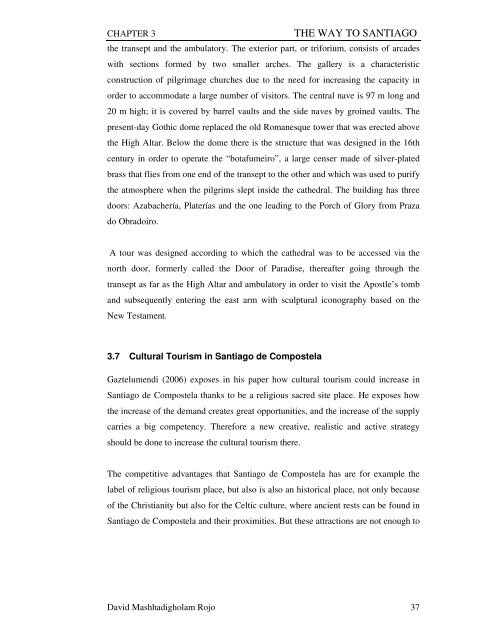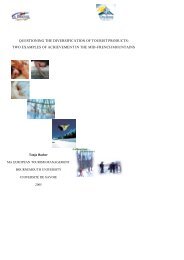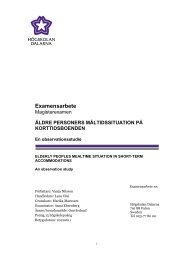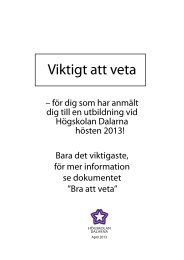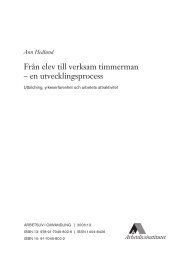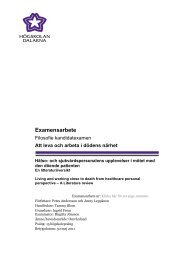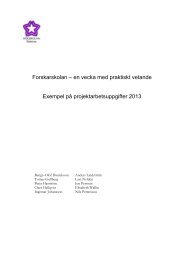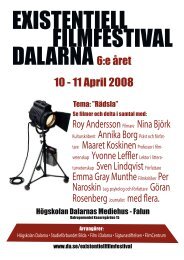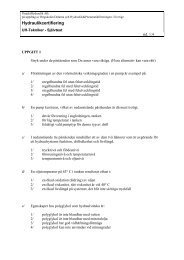Religious Tourism: The Way to Santiago
Religious Tourism: The Way to Santiago
Religious Tourism: The Way to Santiago
Create successful ePaper yourself
Turn your PDF publications into a flip-book with our unique Google optimized e-Paper software.
CHAPTER 3 THE WAY TO SANTIAGO<br />
the transept and the ambula<strong>to</strong>ry. <strong>The</strong> exterior part, or triforium, consists of arcades<br />
with sections formed by two smaller arches. <strong>The</strong> gallery is a characteristic<br />
construction of pilgrimage churches due <strong>to</strong> the need for increasing the capacity in<br />
order <strong>to</strong> accommodate a large number of visi<strong>to</strong>rs. <strong>The</strong> central nave is 97 m long and<br />
20 m high; it is covered by barrel vaults and the side naves by groined vaults. <strong>The</strong><br />
present-day Gothic dome replaced the old Romanesque <strong>to</strong>wer that was erected above<br />
the High Altar. Below the dome there is the structure that was designed in the 16th<br />
century in order <strong>to</strong> operate the “botafumeiro”, a large censer made of silver-plated<br />
brass that flies from one end of the transept <strong>to</strong> the other and which was used <strong>to</strong> purify<br />
the atmosphere when the pilgrims slept inside the cathedral. <strong>The</strong> building has three<br />
doors: Azabachería, Platerías and the one leading <strong>to</strong> the Porch of Glory from Praza<br />
do Obradoiro.<br />
A <strong>to</strong>ur was designed according <strong>to</strong> which the cathedral was <strong>to</strong> be accessed via the<br />
north door, formerly called the Door of Paradise, thereafter going through the<br />
transept as far as the High Altar and ambula<strong>to</strong>ry in order <strong>to</strong> visit the Apostle’s <strong>to</strong>mb<br />
and subsequently entering the east arm with sculptural iconography based on the<br />
New Testament.<br />
3.7 Cultural <strong>Tourism</strong> in <strong>Santiago</strong> de Compostela<br />
Gaztelumendi (2006) exposes in his paper how cultural <strong>to</strong>urism could increase in<br />
<strong>Santiago</strong> de Compostela thanks <strong>to</strong> be a religious sacred site place. He exposes how<br />
the increase of the demand creates great opportunities, and the increase of the supply<br />
carries a big competency. <strong>The</strong>refore a new creative, realistic and active strategy<br />
should be done <strong>to</strong> increase the cultural <strong>to</strong>urism there.<br />
<strong>The</strong> competitive advantages that <strong>Santiago</strong> de Compostela has are for example the<br />
label of religious <strong>to</strong>urism place, but also is also an his<strong>to</strong>rical place, not only because<br />
of the Christianity but also for the Celtic culture, where ancient rests can be found in<br />
<strong>Santiago</strong> de Compostela and their proximities. But these attractions are not enough <strong>to</strong><br />
David Mashhadigholam Rojo 37


